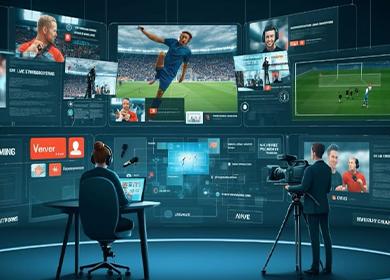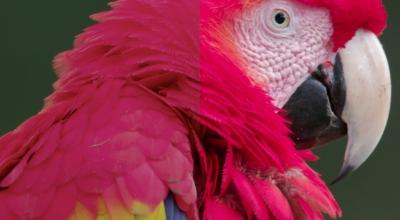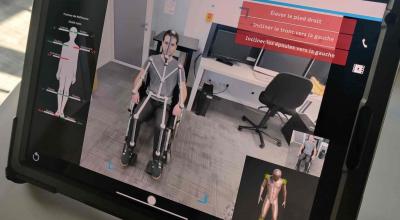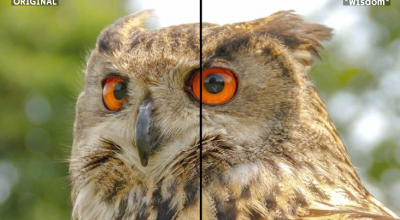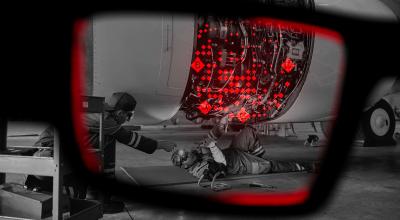Image, vision & interaction
Les nouveaux formats audiovisuels accroissent l’immersion dans les contenus. Ils transforment l’expérience de l’utilisateur final, en le plongeant au cœur de l’action ou de l’information. En parallèle, les progrès des technologies de réalité augmentée, réalité virtuelle ou encore de vidéo volumétrique bouleversent de nombreux secteurs industriels, en offrant une nouvelle perception de l’environnement et une possibilité d’interaction décuplée.

De la vidéo volumétrique à l’analyse cognitive des personnes en interaction avec ces contenus, en passant par la compression et la conversion des formats, les expertises de b<>com couvrent un spectre étendu du monde de l’immersion.
Les réalités mixtes et virtuelles, intimement liées aux jumeaux numériques, permettent des innovations radicales en matière de production industrielle : réduction de l’empreinte énergétique, maintenance prédictive, formation, optimisation logistique...
Découvrir le cercle
d’innovation
Un espace de confiance entre industriels, enrichi par l'excellence académique, qui accélère le transfert de solutions et de services innovants vers l'industrie.

Récompenses
-
2019
Sublima : Product of the Year au NAB Show de Las Vegas
-
2017
Sublima : Technology Innovation Award au NAB Show de Las Vegas







